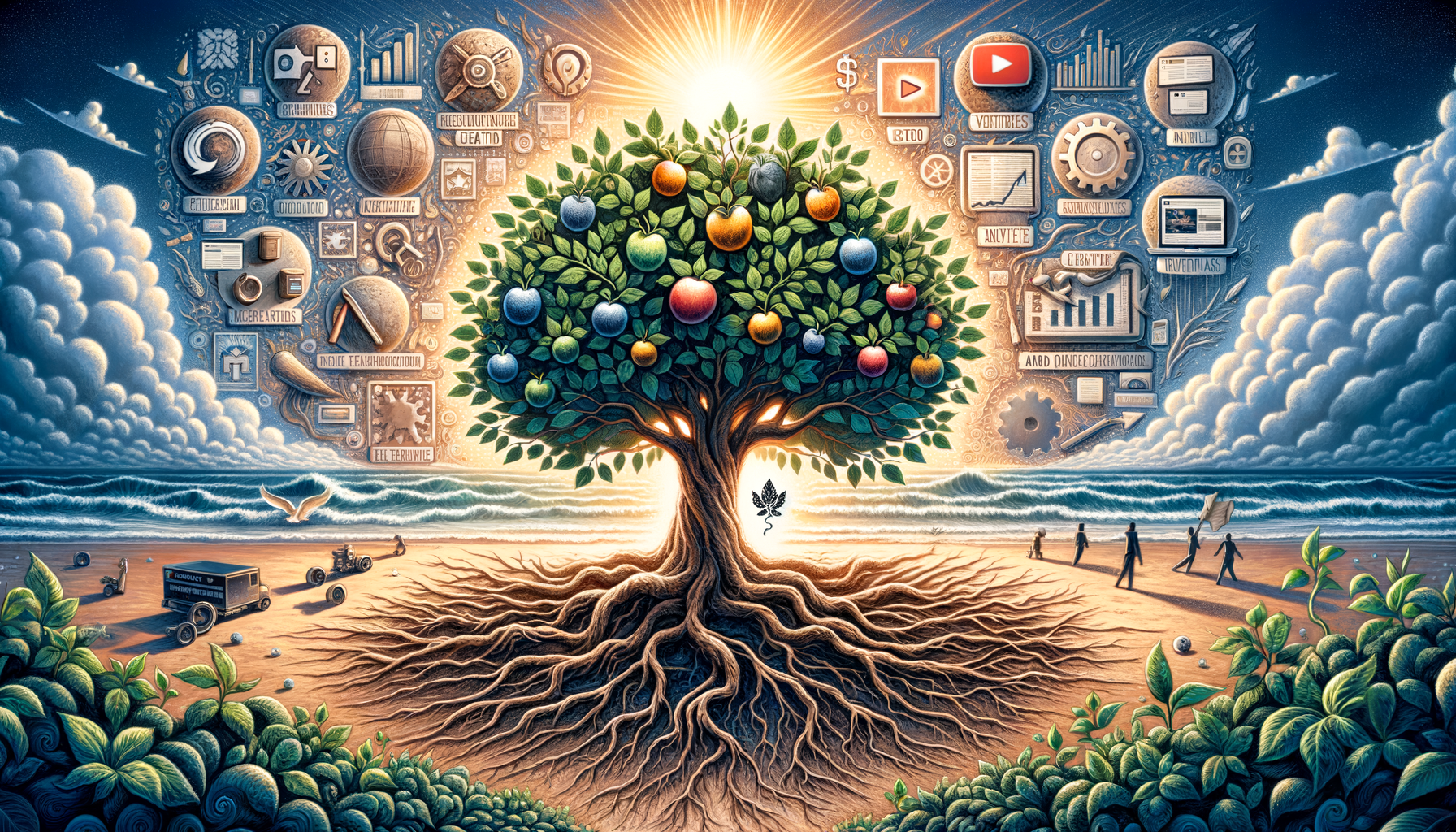“Maximizing Your YouTube Creativity: A Comprehensive Guide on Being an Effective YouTube Creator”

Being a successful digital content creator, especially on a platform as vast and diverse as YouTube, can be a formidable task. Curating content, managing a channel, building an audience, and monetizing your work require a multi-faceted approach. This article delves into the dynamics of being a YouTube creator, exploring the various aspects of the job, along with some tips and tricks to make your YouTube journey a successful one.
To shine on YouTube, it’s crucial to understand the platform’s unique dynamics and operate within its guidelines and environment. This global video-sharing platform boasts over two billion logged-in monthly users; every minute, 500 hours of video content gets uploaded. These numbers testify to YouTube’s gargantuan dimensions, speed, and reach. It’s a digital ocean teeming with diverse content – from tiny independent vloggers to industrial-sized media houses, everyone is striving to capture attention and deliver value to viewers.
One of the essential features of successful YouTubers is their ability to communicate effectively, generate authentic content, and create a genuine connection with their viewers. An aspiring YouTube creator must strive to create content that stands out in the crowd, offers unique value, and establishes an emotional bond with the audience.
To create compelling YouTube content, you need to understand the video format’s appeal. Videos provide a multi-sensory experience, a highly engaging narrative, and allow in-depth exploration of a topic. A great video can be entertaining, educational, thought-provoking, or all of the above. Your content should be a reflection of your unique voice, style, and perspective, allowing you to tap into your audience’s curiosity and emotions, stimulating them to watch, engage, and subscribe to your channel.
Moreover, YouTube as a platform thrives on community-building. Viewers go beyond watching videos and actively engage in likes, comments, sharing, and subscribing. They form fan communities, engage in discussions, and even contribute to content creation. This interaction allows for continuous feedback and improvement, enhancing the platform’s dynamism and making the viewer-creator relationship symbiotic.
Turning a passion into a profession is possible with YouTube. Look at successful YouTubers like PewDiePie, Casey Neistat, and Lilly Singh, they started small, but with dedication and consistency, their channels grew, netting millions of subscribers. They are now globally recognized figures, deriving substantial income from their YouTube work.
Before diving into content creation, it’s essential to understand the reward structure on YouTube.
A fundamental revenue stream for YouTubers comes from YouTube’s Partner Program. It allows creators to earn money from ads, channel memberships, merchandise shelf, Super Chat, and YouTube Premium revenue. To be eligible for this program, creators need to meet specific criteria, such as having 1,000 subscribers and 4,000 valid public watch hours in the past 12 months. Once eligible and approved, creators can start monetizing their videos, affording them a direct income stream for their work.
Another critical income source for creators is brand partnerships. Brands approach popular YouTubers for sponsored content, product placements, and endorsements, often paying them hefty amounts for their collaborations.
A third significant revenue stream is crowdfunding through sites like Patreon or Kickstarter. These platforms allow creators to tie-up with their fans, who can support them financially, often in exchange for exclusive content, merchandise or experiences.
Making money on YouTube is not easy, but nor is it impossible. It requires commitment, creativity, and business acumen. It’s pertinent to keep in mind that while ad revenue can be significant, it can also be inconsistent. Therefore, diversifying your income streams through brand deals, merchandise sales, crowdfunding, etc., not only provides financial stability but also allows you to retain creative independence.
Creating and operating a successful YouTube channel is very similar to running a small business. You have to manage content creation, marketing, branding, partnerships, finances, and customer service, among others. While this might seem overwhelming, there are several resources, like YouTube Creator Academy, YouTube’s official blog, and various creator forums, that provide profound insights to help creators navigate YouTube’s world.
Moreover, it’s crucial to leverage YouTube’s features including SEO, channel customization, closed captions, annotations, cards, and end screens creatively. These tools ensure your videos are discoverable, engaging, and accessible to your audience, leading to increased views and subscribers. Also, leveraging analytics to monitor and analyze your channel’s performance can provide critical insights into audience behaviour, helping fine-tune content strategy for better engagement and monetization.
However, a successful YouTube career doesn’t come without its challenges. Content creators often face issues like copyright claims and strikes, content appropriateness, and even cyberbullying. Thus, it’s important to be aware of these potential challenges and have strategies in place to tackle them.
In conclusion, building a successful YouTube channel requires a blend of creativity, consistency, and business savvy. With the right approach, a dash of resilience, and a pinch of patience, becoming a successful YouTube creator is within reach. It’s about finding your unique voice, connecting with your audience, and continually learning and adapting in the ever-evolving digital landscape. So, go ahead, dream, create, share, and shine on YouTube!

Recent Comments